Explore Our Cultural Tours – Visit Our Website Today! www.cosmosindiatours.com
Jyotirling Yatra
The Jyotirling Yatra is a sacred pilgrimage in India dedicated to the worship of Lord Shiva, specifically through his twelve revered Jyotirlingas. These divine shrines, believed to be manifestations of Shiva, are scattered across the country and attract millions of devotees seeking blessings, spiritual upliftment, and a deeper connection with the divine.
The Twelve Jyotirlingas
Somnath (Gujrat)
Considered the first Jyotirlinga, this temple has a rich history and architectural grandeur. It is known for its beautiful coastline and spiritual significance.
Mallikarjuna (Andhra Pradesh): Located on the banks of the Krishna River, this shrine is dedicated to Shiva and his consort, Parvati, symbolizing the balance of masculine and feminine energies.
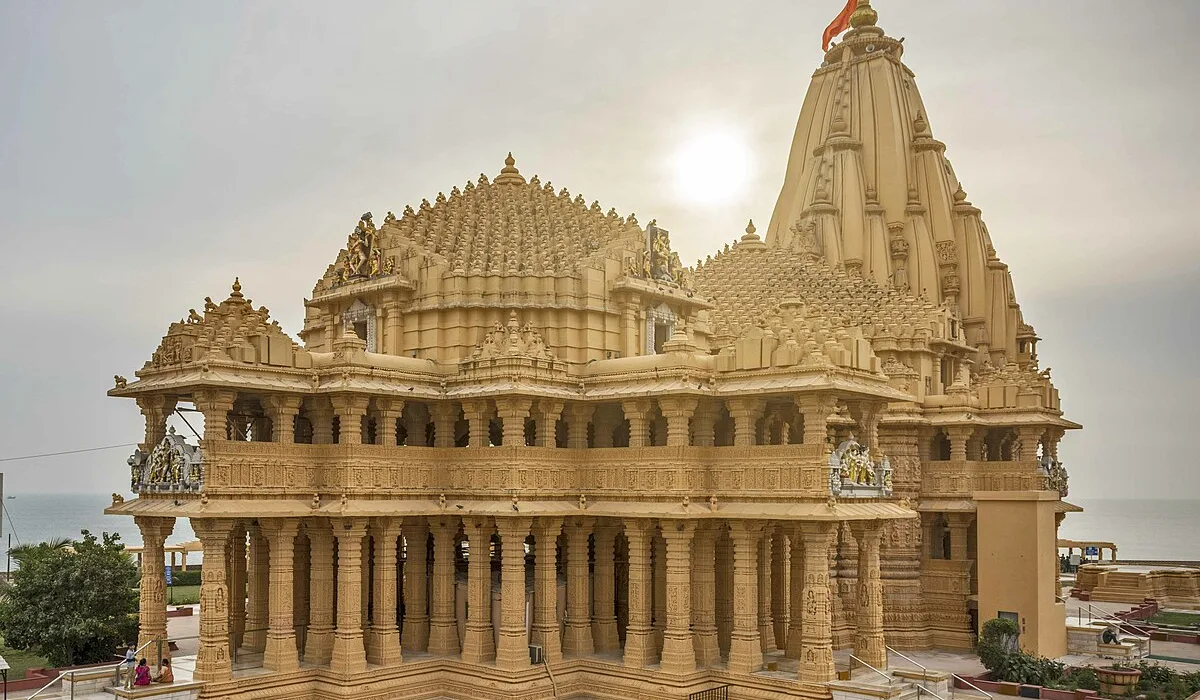

Mahakaleshwar (Madhya Pradesh)
Situated in Ujjain, this temple is renowned for its unique south-facing idol and the famous Mahakal Sadhana.
Omkareshwar (Madhya Pradesh)
Located on an island in the Mandhata River, this Jyotirlinga represents the sacred Om symbol, embodying the essence of the universe.
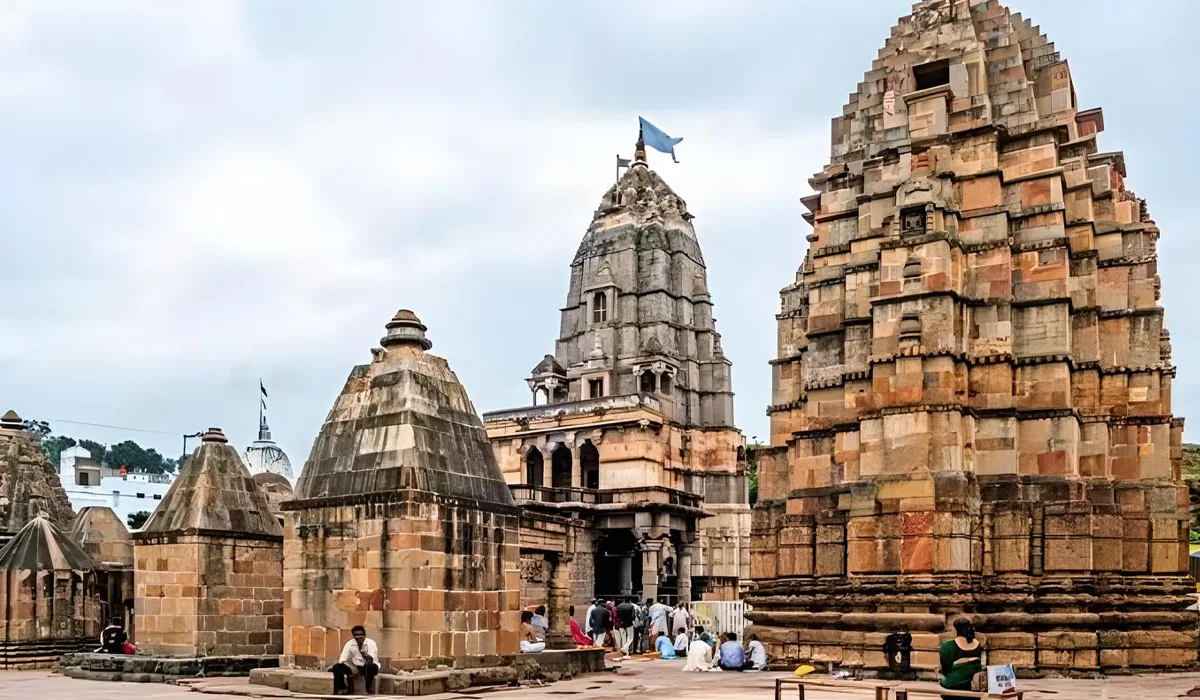

Kedarnath (Uttarakhand)
Nestled in the Himalayas, this temple is a part of the Char Dham pilgrimage and offers breathtaking views alongside spiritual serenity.
Bhimashankar (Maharashtra)
Surrounded by lush forests, this temple is known for its natural beauty and is an important pilgrimage site for nature lovers.
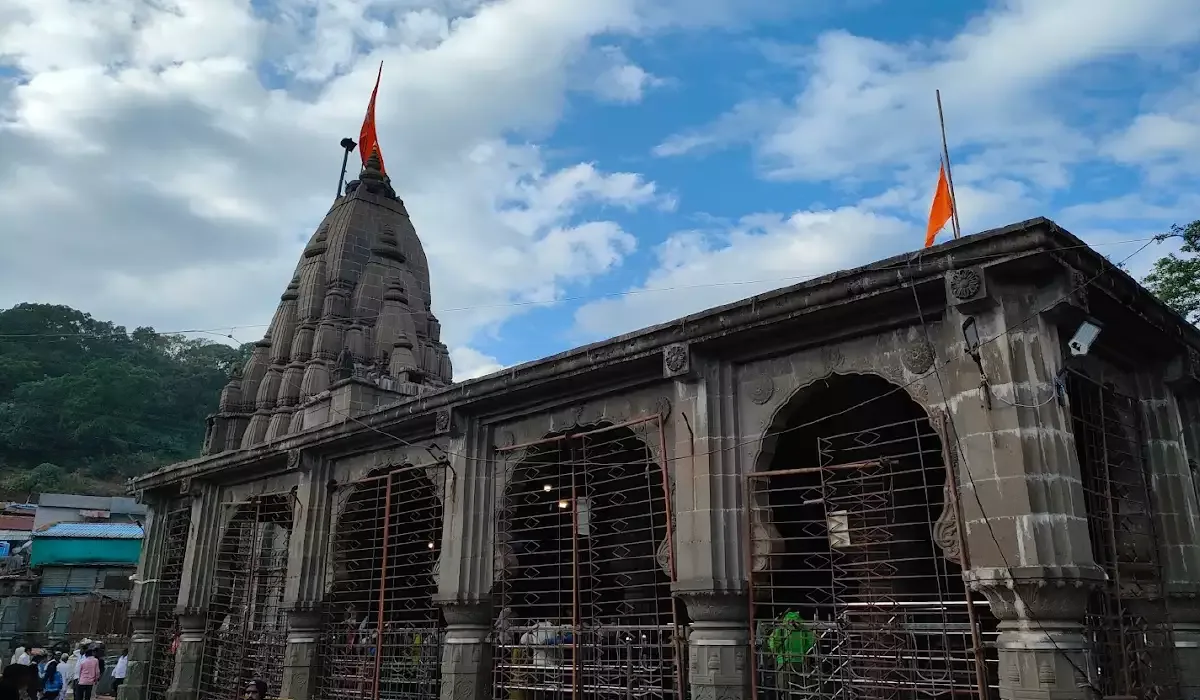

Kashi Vishwanath (Uttar Pradesh)
Situated in Varanasi, this Jyotirlinga is one of the most famous and ancient Shiva temples, attracting millions of pilgrims every year.
Trimbak (Maharashtra)
Near Nashik, this temple is known for the Trimbak River and its connection to the sacred Kumbh Mela.
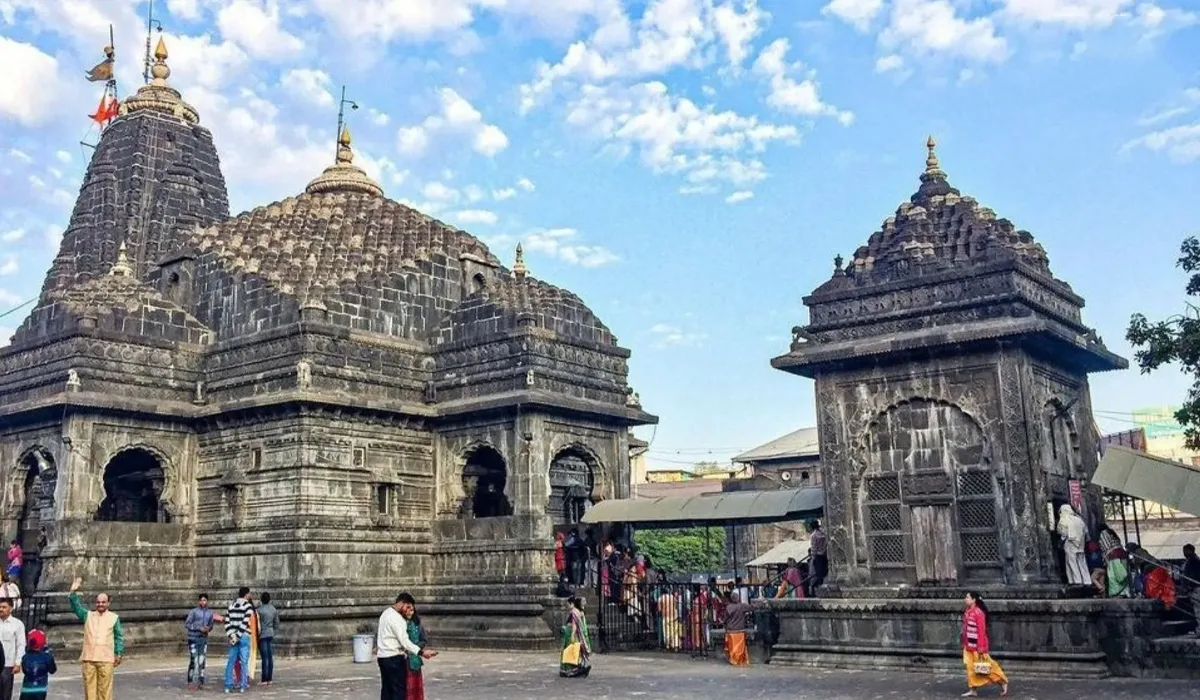

Vaidyanath (Jharkhand)
This temple is dedicated to Shiva as the god of healing, known for its medicinal significance.
Nageshwar (Gujarat)
Located in Dwarka, this Jyotirlinga is revered for its powerful energy and spiritual aura.
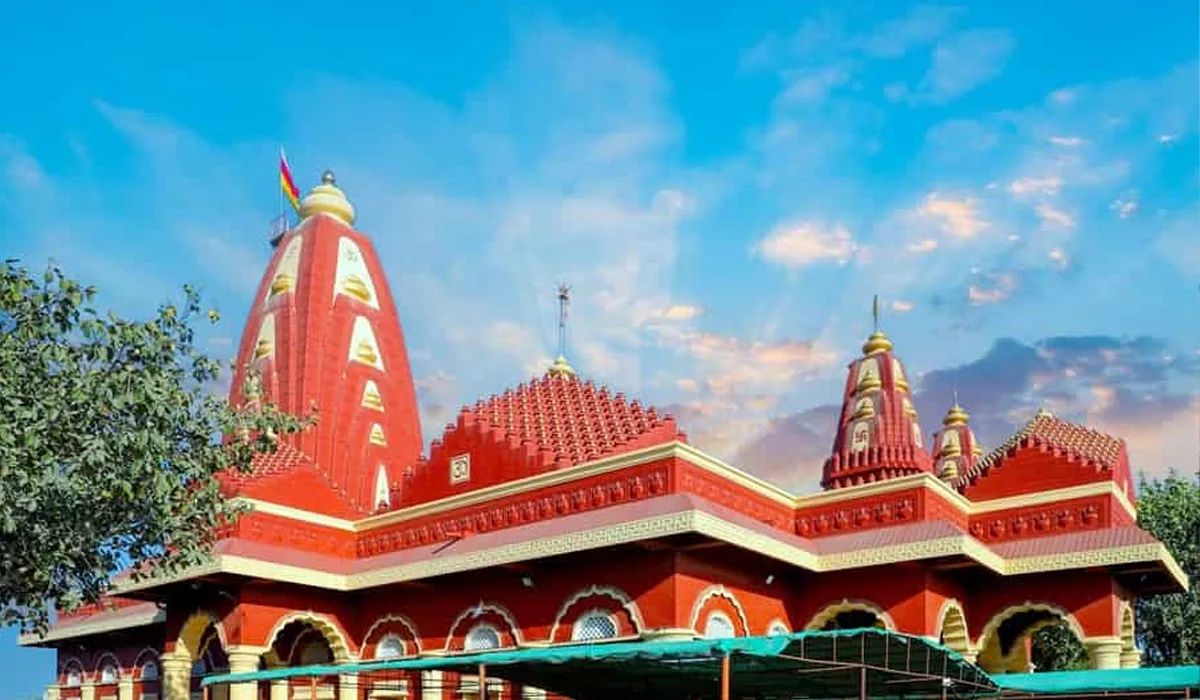
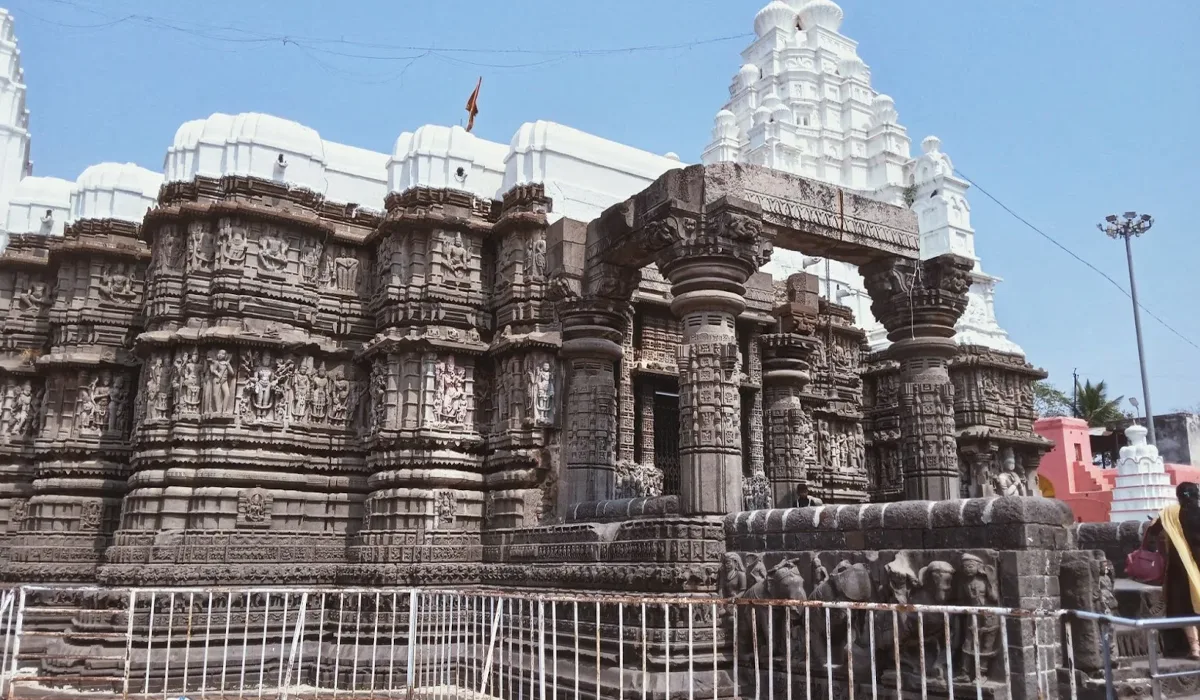
Aundha Nagnath (Maharashtra)
This temple is steeped in mythology and represents the divine nature of Shiva.
Grishneshwar (Maharashtra)
Near Ellora Caves, this Jyotirlinga is known for its intricate architecture and spiritual ambiance.

The Journey
The Jyotirling Yatra is a transformative pilgrimage, often undertaken over several days or weeks, allowing devotees to visit these sacred sites in a systematic manner. The journey fosters a deep sense of devotion and spiritual awakening, as pilgrims engage in rituals, prayers, and offerings at each shrine. The pilgrimage not only enhances faith but also provides a rich cultural experience, connecting visitors with India’s ancient traditions and vibrant spirituality.
Badrinath (Satya Yuga)
Located in the Himalayas, Badrinath is dedicated to Lord Vishnu and symbolizes the Satya Yuga, the first and purest epoch, known as the “Age of Truth.” Satya Yuga is a time of righteousness, where dharma (moral duty) prevails, and humanity exists in harmony with the universe. In this era, human beings are said to have been closest to divinity, embodying spiritual wisdom and purity. Badrinath, nestled between the Nar and Narayana mountain ranges, is associated with Lord Vishnu, who meditated here to sustain cosmic balance.
Rameswaram (Treta Yuga)
Situated in Tamil Nadu, Rameswaram is a temple dedicated to Lord Shiva and represents the Treta Yuga, the epoch of Lord Rama. Treta Yuga is an era when dharma begins to decline, yet great avatars like Rama incarnate to restore balance. Rameswaram is believed to be the place where Lord Rama, after his victory over Ravana in the epic Ramayana, built a bridge to Lanka and worshipped Lord Shiva to absolve his sins of war. This pilgrimage site signifies devotion, duty, and the power of penance.
Dwarka (Dvapara Yuga)
On the western coast of Gujarat, Dwarka, the city of Lord Krishna, signifies the Dvapara Yuga, the third epoch in the cycle of time. In this era, virtue and vice are balanced, and divine intervention is frequent to guide humanity. Dwarka is associated with Lord Krishna’s reign as king, where he ruled with wisdom and ensured justice. It represents the divine play (lila) of Krishna, his teachings in the Bhagavad Gita, and his role in the Mahabharata.
Puri (Kali Yuga)
In Odisha, Puri is home to the famous Jagannath Temple and embodies the Kali Yuga, the present age. Kali Yuga is characterized by the decline of morality, truth, and dharma, where materialism and strife dominate. However, Puri, where Lord Jagannath is worshipped, offers salvation even in this age of darkness. Lord Jagannath’s Rath Yatra (chariot festival) symbolizes the presence of the divine amidst the struggles of the current age, offering hope and redemption.
In conclusion, the Char Dham Yatra to Badrinath, Rameshwaram, Dwarka, and Puri offers a profound spiritual journey that traverses not only sacred landscapes but also the rich tapestry of India’s religious and cultural heritage. Each destination holds deep spiritual significance, symbolizing the connection between the divine and humanity across the ages. This pilgrimage is a transformative experience, allowing devotees and travelers to immerse themselves in ancient traditions, seek blessings, and renew their faith, making it a truly enriching and life-altering journey
Connect with Spiritual India Tour
Embark on a journey of inner peace and divine experiences with us. Whether you have questions about our tours, need help with bookings, or want to customize your spiritual travel itinerary, we are here to assist you every step of the way.

Subscribe newsletter $ get company news.
Welcome to Spiritual India Tour, your gateway to deeply immersive and transformative spiritual journeys across India.
Quick Links
Contact Info
- A127 First floor Sector 36, Noida UP 201303
Location
- © 2024 Spiritual India Tour All Rights Reserved.
Made with ❤️ by Bitstreaks Technologies
